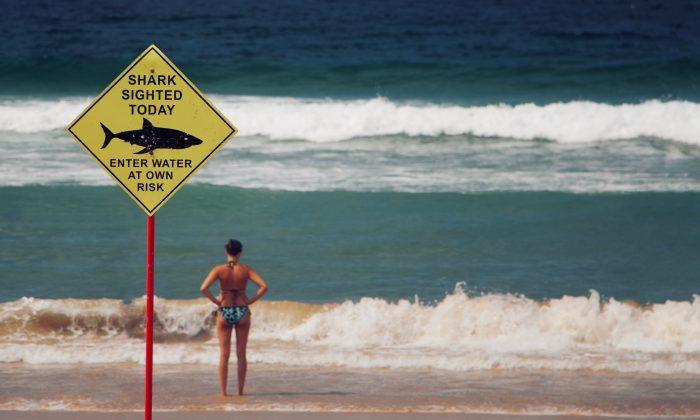How should this examination of the way Americans perceive and manage risk in the 21st century be properly concluded?
There’s a temptation to weave the various threads together into a neat cable that leads back to the risk-based issue that’s been so very prominent in public discourse for more than 30 years: climate change.
To be sure, there’s much to be said in favor of composing a triumphant finale that reflects upon the themes and rhythms so common to the distortion of risk-based issues as applied to this particular contentious debate. There’s a strong temptation to damn its most fervent advocates. But, the majority of those true-believers don’t appear to be so much villains, at least to this observer’s eyes, as they seem to be either fools or frauds.
Yet there are problems with holding up climate change as the ultimate example of America’s growing inability to assess and manage risk.
For one thing, the climate actually is changing. Despite the chorus determined to label skeptics (like yours truly) as “deniers,” I don’t know of a single skeptic with a place on the national stage who claims the planet’s climate remains static. It never does. The important questions don’t involve the existence of change, but the magnitude of that change, man’s influence during this particular period of change, and weighing the benefits and drawbacks of potential mitigation measures.
Because the climate change debate has been around for so long and had so much public exposure, there is no shortage of skeptics who continue to engage in reasoned, cogent discussions about these and many other aspects of climate change.
My friends at the Heartland Institute have been one of the leading voices of reason for as long as anyone. And there are many other brilliant men and women who can discuss these issues calmly, clearly, and persuasively, despite the mud and manure constantly flung in their direction.
The point here is that there is no shortage of people who can talk about climate change in rational, understandable ways. This includes some who sincerely believe that mankind is having a disproportionate effect on current climate change and that mitigation measures are worth whatever pain they might cost.
But, however one feels about climate change, there is no shortage of material available to help one make an educated decision about what additional steps the United States should or should not take in an attempt to slow or reverse the changes.
My bigger concern about the way the United States approaches risk issues these days is with how increasingly easy it is to frighten people with risks that are, in the grand scheme of things, pretty darn insignificant. Crusading journalists, environmental NGOs, and opportunistic politicians are ever ready to jump on the bandwagon whenever somebody stumbles across the latest risk-based “flavor of the week.”
Unlike climate change, there are rarely enough educated calming voices to give the issue some kind of perspective.
What is, in fact, an insignificant risk is quickly elevated into an imminent danger. We see it happen with chemicals all the time. We’ve seen it happen with mobile phones, smart meters, electromagnetic frequencies, and all sorts of new commercial and industrial construction projects that anger those living nearby.
There is a vanity at work here and, like all vanity, it inevitably leads to unfortunate consequences, not the least of which is a gradual dumbing down of the general public.
- Demand numbers and pathways. This is particularly important in the case of any sort of chemical. It’s not enough to say that compound X may cause pinky toe cancer. The amount of exposure and the pathway are critical when assessing risk. Contamination of groundwater, for example, may involve concentrations of this chemical or that well below any level of concern, or may occur in a place where everyone uses lake or river water.
- Demand context. When one identifies a risk and claims it represents an unacceptable danger, find out how this risk compares to other, more familiar risks. Any risks less likely than dying of a lightning strike or a fall in the shower, for example, are hardly worth talking about.
- Determine who has skin in the game. As we have seen, both corporations and environmental NGOs can be motivated by profit and funding when inflating risk. The motivations of many a politician and journalist can be similarly suspect.





